1.修饰成员变量(类变量)
public class Student{ String name; //实例变量,由每个对象所有 static int age;//类变量,由类所有 } public class Test{ public static void main(String[] args){ Student.age=10; //通过类名调用age Student s1=new Student(); System.out.println(s1.age); //通过对象名调用age Student s2=new Student(); System.out.println(s2.age); } }
s1,s2有相同的age
好处:只占一份内存,且可以被共享
public class User{ public static int number; public User(){ User.number++; } } public class test{ public static void main(String[] args){ User u1=new User(); System.out.println(User.number); } }
2.修饰成员方法(类方法)
public class Student{ String name; //类方法 public static void hello(){ System.out.println("hello"); } //实例方法 public void printname(){ System.out.println(this.name); } } public class test{ public static void main(String[] args){ Student.hello();//通过类名调用类方法 Student s1= new Student(); s1.name="John"; Student s2= new Student(); s2.name="kim"; s1.hello();//通过对象调用类方法 s1.printname();//调用实例方法 s2.printname(); } }
类方法的好处:提高代码复用性
代码块
public class Student { String name; static int age; //静态代码块 //初次加载类时执行,只执行一次 static{ System.out.println("静态代码块执行了~"); age = 18; } //实例代码块 //构造对象时先执行,再构造对象 { System.out.println("实例代码块执行了~"); System.out.println(this.age); } Student(){ System.out.println("无参数构造器执行了"); } Student(String name){ System.out.println("有参数构造器执行了"); this.name = name; System.out.println(this.name); } } public class Test{ public static void main(String[] args){ Student s1= new Student(); Student s2= new Student("kim"); } } }
main方法
注意事项










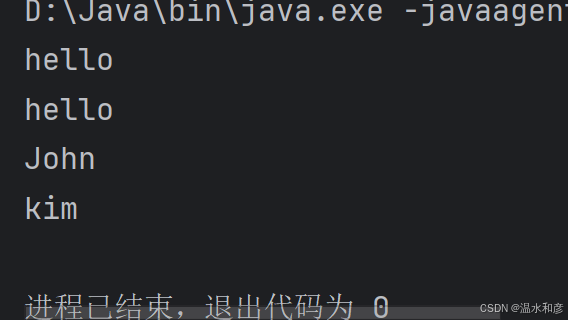
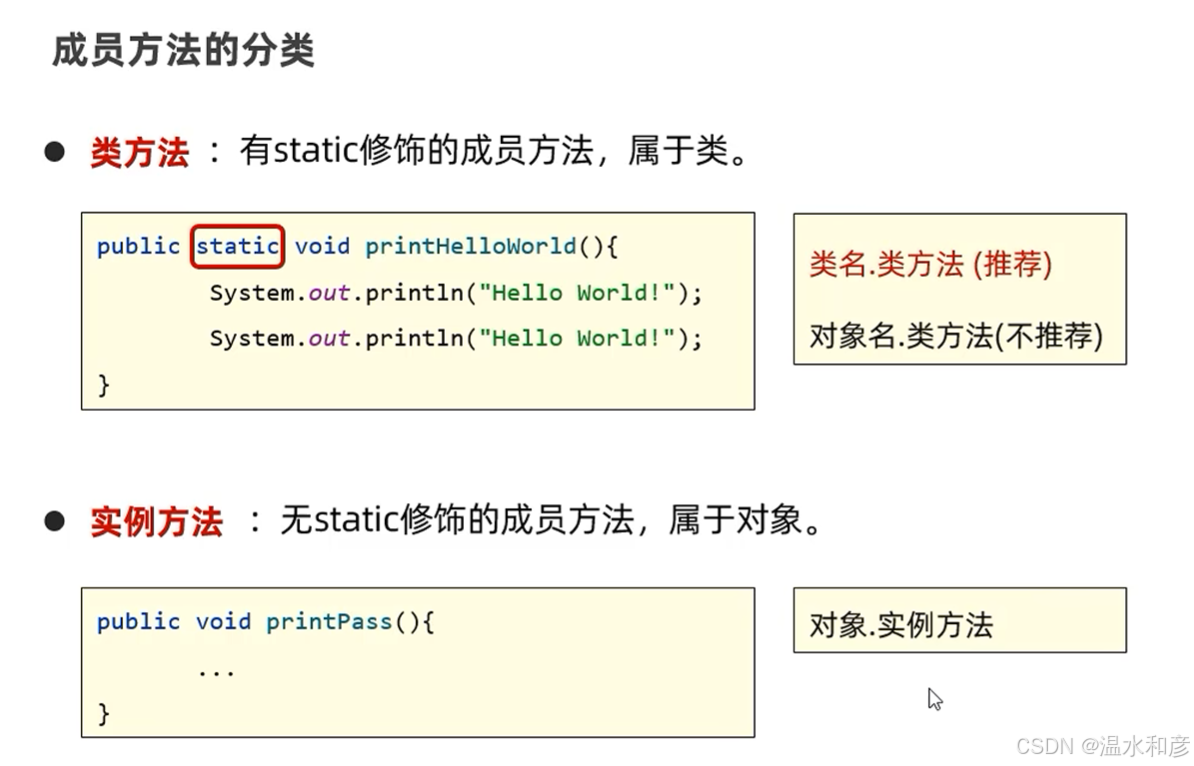
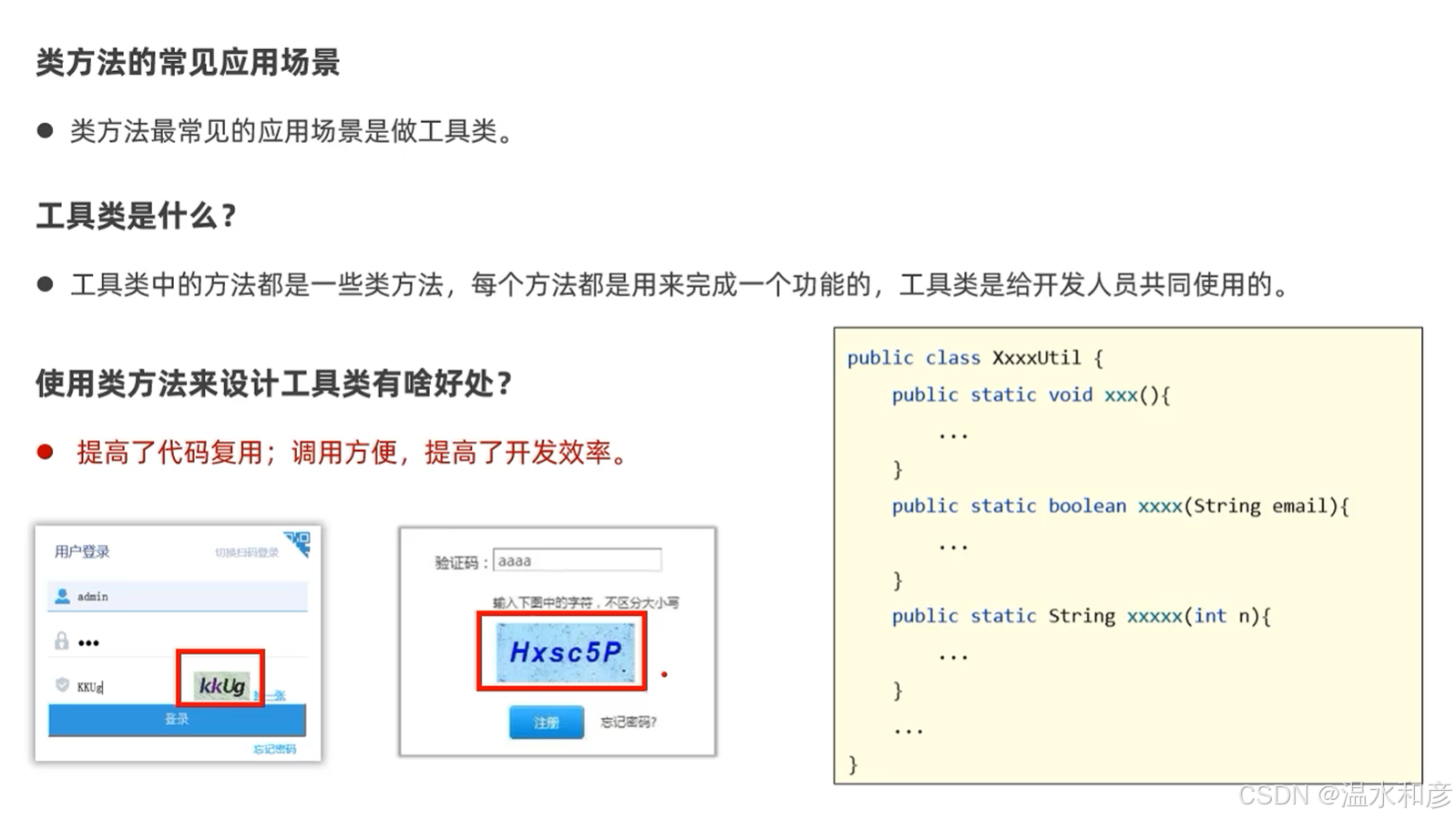

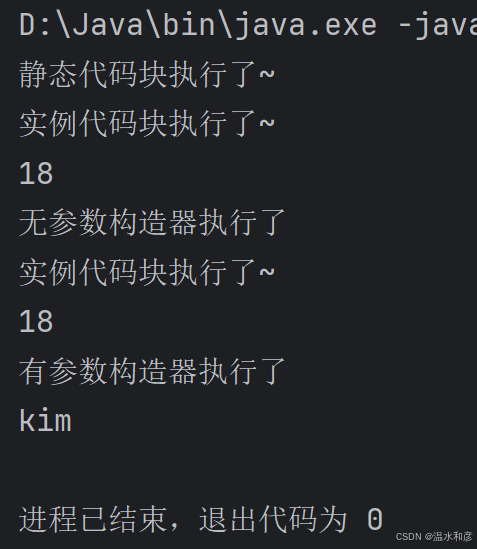
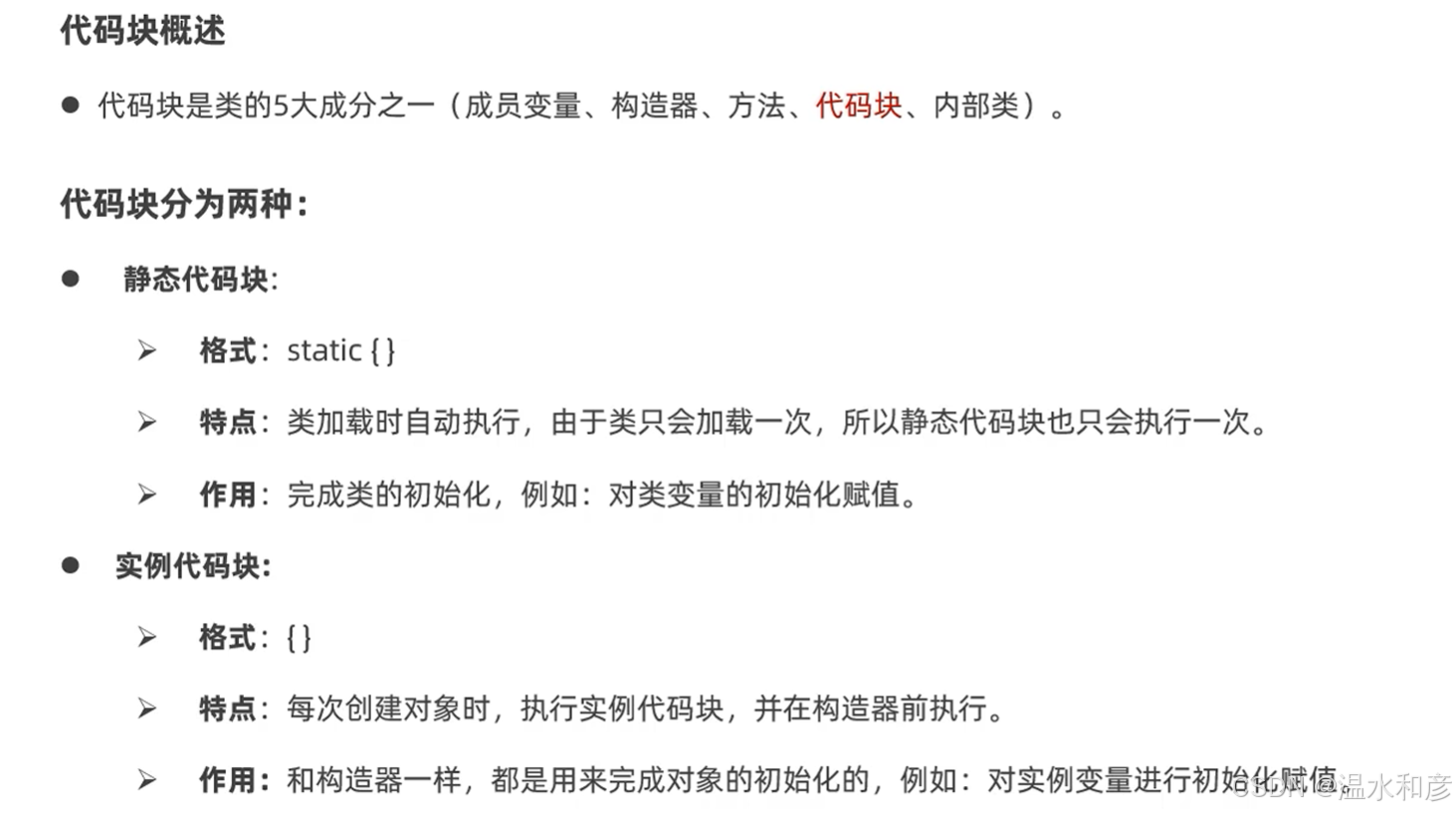
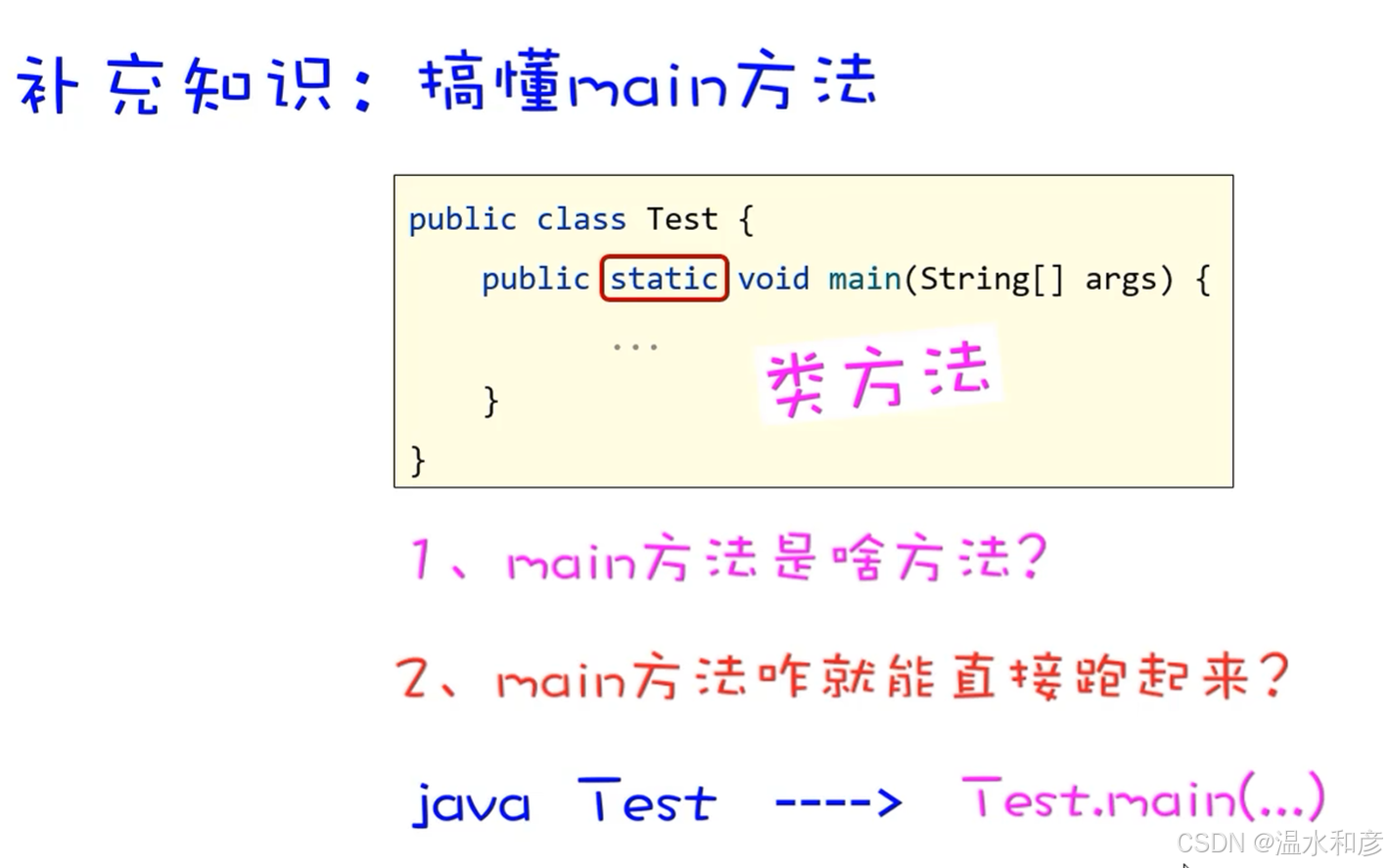


















 被折叠的 条评论
为什么被折叠?
被折叠的 条评论
为什么被折叠?








